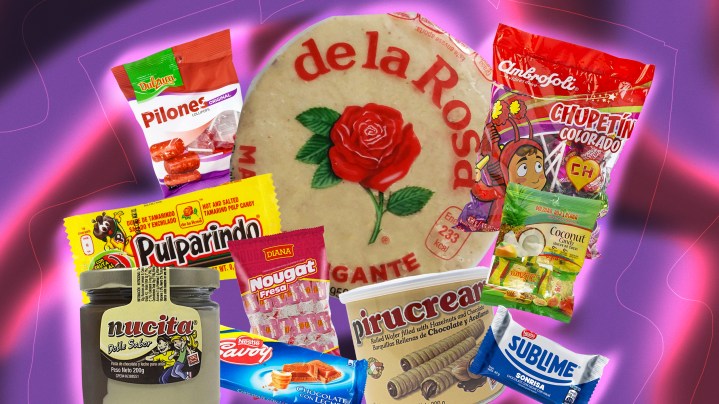Mexico
People across Mexico and parts of the US are obsessed with Mexican candy, which is due to the variety of options available. The popularity of Mexican candy generally comes from bold ingredients and flavors that are usually either spicy, salty, or sweet, and in some cases a combination of all three. Tamarindo-based candies are amongst the most favored of Mexican candies, with dozens of brands on the market. Tamarindo is a fruit extract used in many recipes, including candy, that is versatile and pairs well with other sweet and spicy ingredients.
When we think of tamarindo candies, the popular brand Pulparindo comes to mind. These candy bars are made from the pulp of tamarind fruit and other flavors such as sugar, salt, and chili flakes. Several flavor variations of Pulparindo candy exist, including original, xspicy (Extra Spicy), mango, and watermelon. Dulces Vero is another popular brand of Mexican candy that offers a variety pack of their best seller chili lollipop candy treats, which are essentially flavored lollipops covered in mild spicy chili powder. On the saltier side of the flavor scale, Mexico is also known for more traditional candy treats like the classic Mazapan de la rosa, a triple-layered peanut-flavored candy that has a melt-in-your-mouth texture. The wide range of Mexican candy categories makes it easy for anyone to find the right treat for them this Halloween season.

